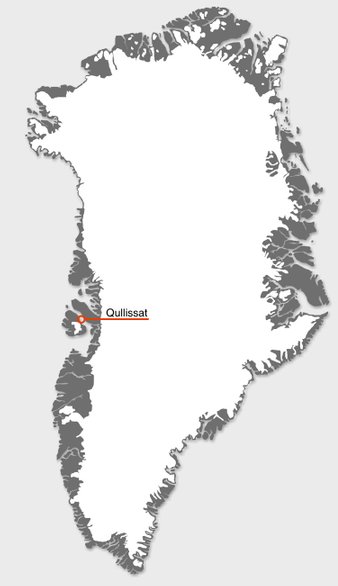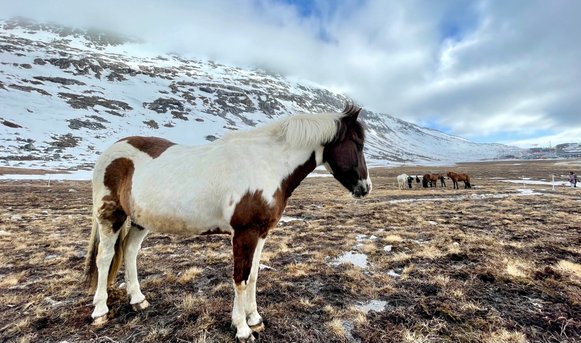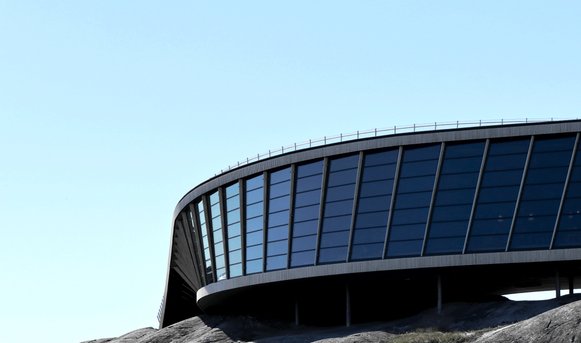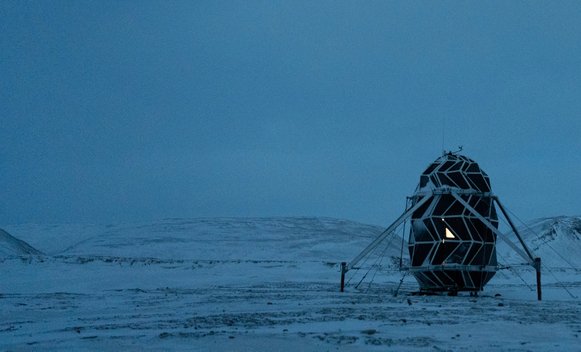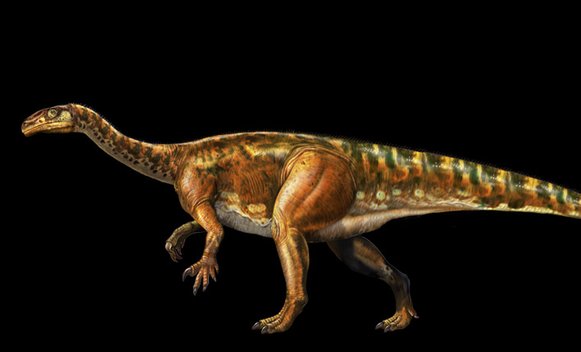An unusual website about untraditional trends
Photo by: Lars T. Christiansen
Qullissat
TOURISM 22. JUL. 2021
Qullissat, a disused coal mining town on the northeast coast of Disko island in West Greenland close to Ilulissat and former capital of the similarly disused Vaigat Municipality. When the settlement was closed down and evacuated in 1972, it had over 1000 inhabitants. Buildings and many machines still stand, as when the place was left, and the settlement is visited every year by many of the displaced inhabitants and their descendants.
Photos by: Lars T. Christiansen
History of Qullissat
Qullissat was founded in 1924 and for the next 48 years was Denmark's only state-run coal mine. The city, which was once one of Greenland's largest cities, is located on the northeast side of the island of Qeqertarsuaq (same as Disko) in West Greenland. The entire city was built around the coal mine, and when the coal mine gave increasing economic deficit, the Danish authorities decided in 1968 to close the city with effect from 1972. After the closure of the mine, in 1972 the residents were moved to several different cities, including to Qeqertarsuaq. Many, however, were moved to Ilulissat,
Qullissat today
Qullissat is visited and used as a summer vacation spot by the former inhabitants and their descendants. Qullissat is also a popular turist attraction. One of the most popular greenlandic bands SUME here performing in Qullissat in 2012 marking the 40 years since the closing of the mining town.
Vaigat music
Vaigat music originated in the 1950s in Qullissat and is named after the Vaigat Strait between the Nuussuaq Peninsula and Disko Island. It is no coincidence that the genre originated in Qullissat. The city was a unique example of industrialization in the country. Here the population worked primarily with coal mining and not with the traditional occupations such as hunting and fishing.
Here the traditional Vaigat music performed by Greenland National Theatre.
Other stories from Greenland
Icelandic horses in Nuuk
TOURISM 28. MAY. 2021
In July 2020 four icelandic horses arrived in Nuuk as the first of several. The Icelandic horse is a breed of horse developed in Iceland to withstand the harsh climate on the island and is still used for traditional sheepherding work.
The plan is to acquire more horses, build a riding hall, a cafe, holiday cabins and establish a public offer of riding lessons as well as tourist activities.
New Icefjord Centre
TOURISM 22. APR. 2021
The concept of a new visitor center by the Icefjord on the west coast of Greenland in Ilulissat, 250 kilometers north of the Arctic Circle, is now being made a reality. The vision was to build a new Icefjord Center, which will be the first of a total of five visitor centers, which together will lift Greenland to a whole new level as a tourist destination.
Extreme-E coming to Greenland
EVENTS 17. APR. 2021
Extreme E visits Greenland in August 2021 during its inaugural campaign to race close to the retreating Russell Glacier in Kangerlussuaq to raise awareness of the rate at which ice is melting at the poles.
Extreme-E series will be the first motorsport series ever to take place in the country after the first two events in Saudi Arabia and Senegal.
LUNARK - A moon habitat in Greenland
SCIENCE 18. APR. 2021
Two Danish space architects, Sebastian Aristotelis, 26, and Karl-Johan Sørensen, 24, conceptualized the LUNARK Habitat - a simulated Moon habitat for research, with the aim that it one day can sustain life on the Moon.
Isolated in one of the harshest climates on Earth, they were ready to test their Habitat in Greenland.
Dinosaurs in Greenland
SCIENCE 18. APR. 2021
After a sudden change in the climate around 200 million years ago in late Triassic, both meat and plant easting dinosaurs suddenly appeared in the eastern part of Greenland.
The arrival coincides with the fact that the Earth in that late Triassic time period experienced wild climate change where the CO2 concentration in the atmosphere fell by half.



















